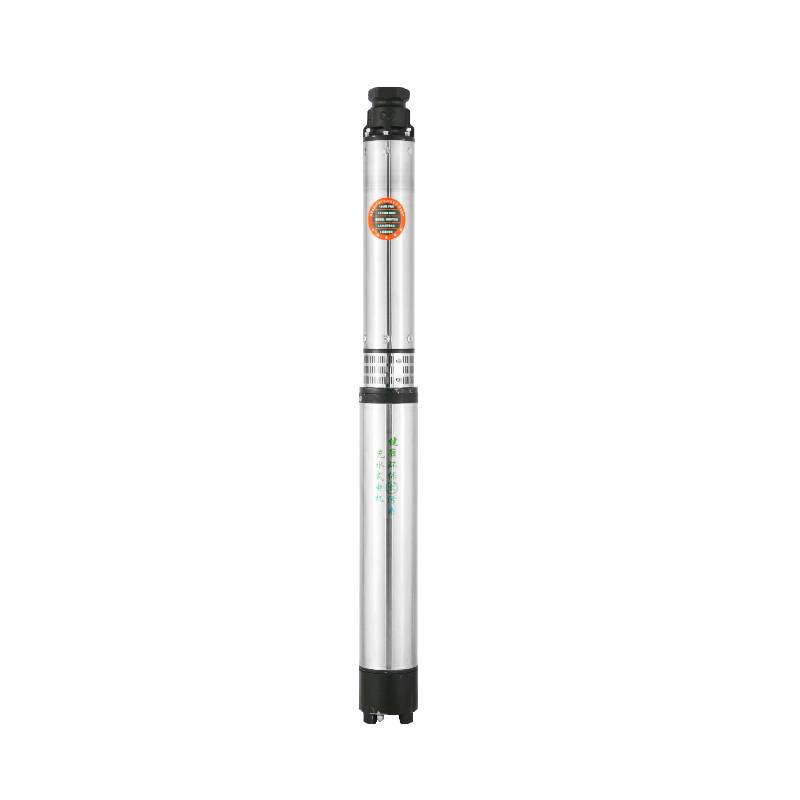Aug . 20, 2024 00:36 Back to list
Understanding the Functionality and Benefits of Submersible Motors in Various Applications
Submersible Motors An Overview of Their Functionality and Applications
Submersible motors are a vital component in various industrial and residential applications, primarily due to their ability to operate underwater. Unlike traditional motors that are designed to function above the water surface, submersible motors are completely sealed to prevent water ingress, enabling them to convert electrical energy into mechanical energy directly in submerged environments. This article delves into their functionality, applications, and advantages.
Functionality of Submersible Motors
The fundamental working principle of a submersible motor is similar to that of standard electric motors. It operates on the principles of electromagnetic induction, generating torque through electromagnetic fields. However, submersible motors are specially engineered to withstand the high-pressure and corrosive conditions found below the water surface.
These motors are typically housed in a watertight casing made of materials such as stainless steel, bronze, or specially designed polymers, which prevent water from affecting the motor components. When powered, the motor turns an impeller or pump, which helps to push water to the surface or circulate it within a system. Depending on the design, submersible motors can either be single-phase or three-phase, catering to different power requirements.
Applications of Submersible Motors
Submersible motors find extensive applications across various sectors
1. Water Supply and Wastewater Management Submersible motors are commonly used in water supply systems to pump water from deep wells. They are essential for public water supply, agricultural irrigation, and dewatering applications during construction or mining. In wastewater treatment facilities, they efficiently move effluent, ensuring that treatment processes remain uninterrupted.
2. Aquaculture In aquaculture, submersible motors power aerators and mixers, helping to maintain water quality in fish farming ponds and tanks. By ensuring proper circulation, these motors create an optimal environment for aquatic life.
3. Oil and Gas Industry Submersible motors are also deployed in the oil and gas industry for applications such as producing fluids from wells. They are particularly useful in offshore drilling operations where traditional pumps cannot be employed.
submersible motor

4. Groundwater Extraction For agricultural purposes, submersible motors are indispensable in drawing groundwater for irrigation. They are capable of lifting water from various depths, making them a crucial tool for farmers in regions where surface water is scarce.
Advantages of Submersible Motors
The benefits of submersible motors are numerous, contributing to their widespread use
- Efficiency Submersible motors generally offer higher efficiency compared to surface-mounted pumps, as they don't require secondary mechanical systems like shafts and bearings, reducing energy loss.
- Space Saving Since they operate underwater, submersible motors free up ground space. This is particularly advantageous in urban areas where space is limited.
- Reduced Noise Submersible motors are quieter than surface pumps, making them ideal for residential settings or where noise reduction is a priority.
- Durability Their robust design ensures reliability and longevity even in harsh conditions, reducing the frequency of maintenance and repairs.
Conclusion
Submersible motors are an engineering marvel, enabling the efficient movement of fluids in challenging environments. With a broad range of applications from agriculture to industrial processes, their unique construction and operational benefits make them indispensable in modern water management systems. As technology progresses, we can anticipate further advancements in submersible motor design, enhancing their functionality and expanding their applications even more.
-
Submersible Water Pump: The Efficient 'Power Pioneer' of the Underwater World
NewsJul.01,2025
-
Submersible Pond Pump: The Hidden Guardian of Water Landscape Ecology
NewsJul.01,2025
-
Stainless Well Pump: A Reliable and Durable Pumping Main Force
NewsJul.01,2025
-
Stainless Steel Submersible Pump: An Efficient and Versatile Tool for Underwater Operations
NewsJul.01,2025
-
Deep Well Submersible Pump: An Efficient 'Sucker' of Groundwater Sources
NewsJul.01,2025
-
Deep Water Well Pump: An Efficient 'Sucker' of Groundwater Sources
NewsJul.01,2025
-
 Submersible Water Pump: The Efficient 'Power Pioneer' of the Underwater WorldIn the field of hydraulic equipment, the Submersible Water Pump has become the core equipment for underwater operations and water resource transportation due to its unique design and excellent performance.Detail
Submersible Water Pump: The Efficient 'Power Pioneer' of the Underwater WorldIn the field of hydraulic equipment, the Submersible Water Pump has become the core equipment for underwater operations and water resource transportation due to its unique design and excellent performance.Detail -
 Submersible Pond Pump: The Hidden Guardian of Water Landscape EcologyIn courtyard landscapes, ecological ponds, and even small-scale water conservancy projects, there is a silent yet indispensable equipment - the Submersible Pond Pump.Detail
Submersible Pond Pump: The Hidden Guardian of Water Landscape EcologyIn courtyard landscapes, ecological ponds, and even small-scale water conservancy projects, there is a silent yet indispensable equipment - the Submersible Pond Pump.Detail -
 Stainless Well Pump: A Reliable and Durable Pumping Main ForceIn the field of water resource transportation, Stainless Well Pump has become the core equipment for various pumping scenarios with its excellent performance and reliable quality.Detail
Stainless Well Pump: A Reliable and Durable Pumping Main ForceIn the field of water resource transportation, Stainless Well Pump has become the core equipment for various pumping scenarios with its excellent performance and reliable quality.Detail
